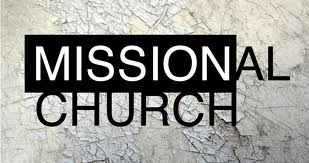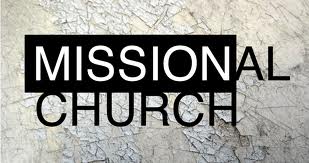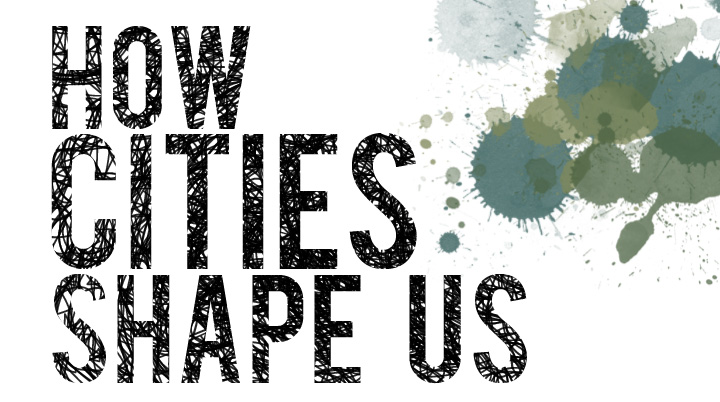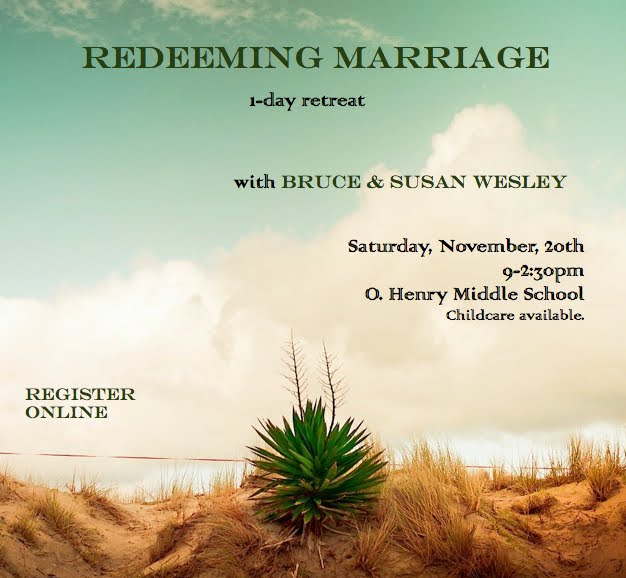 See Part 1 of the series Transitioning to Missional Church.
See Part 1 of the series Transitioning to Missional Church.
In Part 1 of this series, we established the difference between a church with a mission and church as mission. A Missional Church is church as mission not church with a mission. Missional is its nature not just its vocation.
Why Mission is the Nature of the Church
Why is missional the nature of the church? Because it is the nature God. Mission is not only an action of God; it is an attribute of God. God is a missionary God. That’s what the term Missio Dei means “the Sent God.†God has always been on a mission for his glory, that self-glorifying mission breaks out into creation, thru the fall, in redemption unto New Creation. In particular, we see the missionary nature of God in his sentness. Father sends the Son, Son sends the Spirit, Spirit sends the Church. The church is cut from the cloth of the missionary God. We have a family resemblance. We have a missionary nature because we have a missionary Father.
In other words, mission is the breath of the missional church. Mission is not a tack-on to your life; it is your life. You exhale mission because you inhale gospel. The gospel flows through you, pulsing at various strengths but pulsing, in order to pump the blood of Jesus through the body of Christ so that it can exhale the hope of mission. This missional breath affects everything—how we check the mail, how we structure our week, how we relate to neighbors, how we do our work, how we read the Bible, where we live, how we live, how we make your everyday decisions. Missional is radical, like taking up your cross and following Jesus. Missional church is a gathering of cross-bearing, Jesus-following disciples who are committed to his mission.
Missional church requires nothing less than a rethinking of our identity and our practice, of who we are and what we do. Therefore, in order to effectively embrace the challenge of moving from church with a mission to church as mission, new ecclesiastical structures are absolutely essential. The old church structures support mission as a task but not as an identity. They promote mission as an event but not as disciple-making, reducing mission to an option for the elite not essential for everyone.
Challenges in Transitioning to Missional
One of the greatest challenges in transitioning to a true missional church is syncretistic missional ecclesiology (SME). Syncretistic Missional Ecclesiology is the fusion of missional church values with institutional church structures. Many churches that attempt to make this transition, try to insert missional values into non-missional church structures. Leadership, decision-making, community structures all remain somewhat the same, while the leaders beat the drum of mission. At best, this will create more mission works but will fail to make missional disciples.
The nature of missional church requires more than cosmetic adjustments to our inherited forms of church. Missional ecclesiology requires an entirely new way of thinking about church, from the bottom up. Church plants and established churches have failed to recognize this important point. As a result, they have blended institutional church with missional church. This syncretism is both theologically and practically defective.
- Institutional mission relies on preaching, teaching, and writing to implement missional ecclesiology. Missional Church relies not only on a Sunday ministry of Word, but promotes a rest of week ministry of the word that is carried out by a speaking-the-truth-in-love community.
- Institutional mission adopts a program of mission during a set season of the year to implement missional ecclesiology. Missional Church does not see mission as a tack-on to your life; it is your life. You inhale gospel and exhale mission through ordinary rhythms of life.
- Institutional mission sees mission as the responsibility of a select group of people not the whole church including staff. Missional Church requires pastors and staff to live a missional life making disciples and redeeming social ill. It equips ordinary people to do ordinary things with gospel intentionality.



